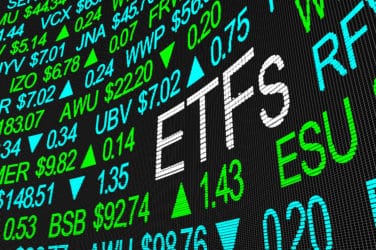
Buy-side traders remain challenged with a mandate to execute large orders, but the mechanism of block trading has declined in their plight.
Market participants can rarely look at the history and evolution of the trading world without documenting a sea of changing trends. Institutional buy-side traders, posed with a mandate to buy and sell large chunks of various holdings, may be the greatest victims of the industry changes. The market has become filled with more participants, forcing the institutional buy-side to better navigate a growing fragmented environment.
“Block trading has been a good tool to help keep large orders discreet and extract liquidity,
said Steve Hedger, managing director of trading and investment operations at Cincinnati based Fifth Third Asset Management, with roughly 18 billion under management.
“Unfortunately traditional block trading over the years has been evaporating. I hope it can make a comeback, because it was a great way to extract liquidity from the market,” he said.
According to a report conducted by Information Technology Group (ITG), block trading in NYSE stocks has decreased substantially over the past five years. It currently accounts for nearly 15% of total dollar volume, down from 30% in 2004, and 20% in 2008. Such a decline may be attributed to specific block trade capabilities that now exist with dark venues, such as Bids Trading and Pipeline Trading.
However, the slow decline of block trading has seen presence at dark pools as well. Pipeline’s block trading declined by 31.46% to 7.3 million shares per day, from 10.7 million shares in just one month—June 2010, according to market structure consultancy, Rosenblatt Securities.
A block trade is a permissible, noncompetitive, privately negotiated transaction either at or exceeding an exchange determined minimum threshold quantity of futures or options contracts which is executed apart and away from the open outcry or electronic markets.
For Hedger, who still finds block trading useful, suggested that a comeback possibility for the mechanism may be direct buy-side to buy-side interaction.
“One of the ways it might may a comeback if buy side only firms allow participants to ‘scrape’ each other blotter and put up crossing prints. This method if not controlled may forfeit the discretion we were trying to contain in the first place,” Hedger told Markets Media.






